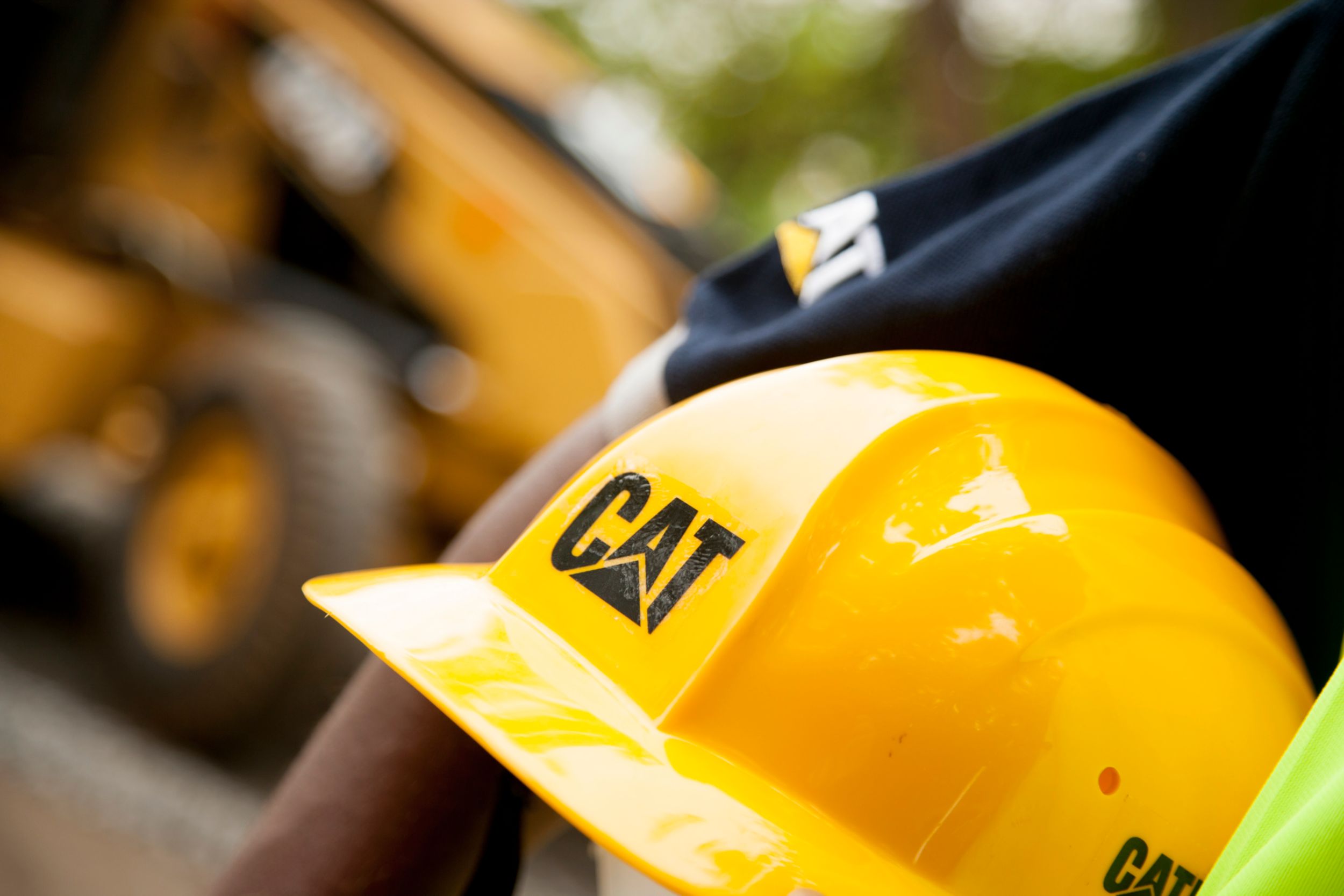Working Towards Our 2030 Sustainability Goals
January 25, 2022
In the next decade, the most successful companies will be those that integrate sustainability into their core businesses. That’s what we’re doing at Caterpillar.
We always strive to operate in the most sustainable ways possible as we design, develop and manufacture products that help our customers build a better world. As the leading global manufacturer of construction and mining equipment, diesel and natural gas engines, industrial gas turbines and diesel-electric locomotives, we understand the importance of integrating sustainability into our quest for operational excellence. This is precisely what our Lafayette, Indiana facility does.

How does the endurance test pad feed power to the facility?
Lafayette’s endurance test pad consists of four individual natural gas Cat gensets of various sizes in horsepower and kilowatts. Each genset is connected to the electrical grid through a series of paralleling switchgears, breakers, transformers and protective relays. Several parameters are continually monitored and ensure quick removal from the grid in the event of a failure or unexpected issue. There are additional safeties which protect the utility side from any potential back feeding to the grid during the unlikely event of a utility power outage.
Recycling Power into Our Day-to-Day Operations
Caterpillar performs rigorous testing on all equipment, allowing for engine performance improvements and making it possible for us to ensure quality, investigate defects and apply new technologies. When a new engine or component is offered, it is important that we conduct many testing hours on each product to provide confidence to our customers that they are buying the highest quality engine available. The endurance test pad at the Lafayette facility performs testing on Cat 3500, 3600 and C175 engines used in marine, petroleum, electric power, rail and large mining truck applications. Testing runs 24 hours per day, yielding valuable data that can be used for a wide range of improvements across each product line.
The amount of energy created by the testing process is tremendous. Rather than waste it, the team explored various options to harness the energy. Understanding that endurance testing is a necessary and critical means to assure product quality, they looked for a way to use the electricity-generated power to support facility operations which would otherwise have been wasted.
Reduction of Emissions
Following their research and working within all required protocols, the Caterpillar Lafayette team determined the electricity generated by the endurance test pad could be used as supplemental energy to power the facility. Feeding the power back to the facility offset the emissions of purchasing the same amount of electricity. This change resulted in roughly 130,000 metric tons of CO2e emissions avoided over the last five years. In addition to contributing to Caterpillar’s goal to reduce absolute greenhouse gas emissions from our operations by 30 percent from 2018 to 2030, this change has saved the facility more than $11 million.
Harnessing the power from their endurance testing is just one example of the Lafayette facility’s sustainability journey. Through their continuous improvement projects, the team has implemented several programs resulting in general reductions in greenhouse gases, water usage and waste.
Learn More about the Operations Energy & Emissions Goal.
-
2030 Sustainability Goals
Caterpillar's sustainability goals for 2030 include five climate- and environmental-related goals and two focused on employee and customer safety. Read all seven.
Learn More -
Caterpillar Reports
Find the latest Annual, Sustainability, Diversity & Inclusion and Lobbying Reports.
View Reports



